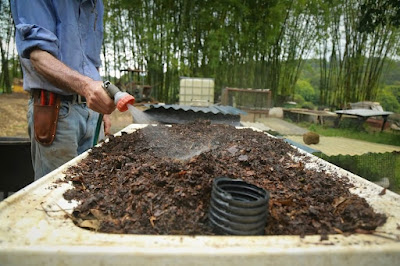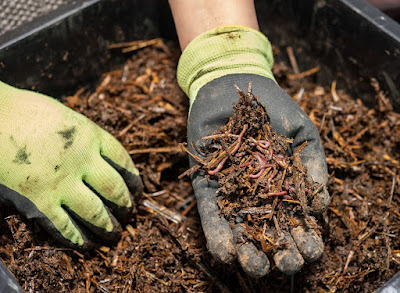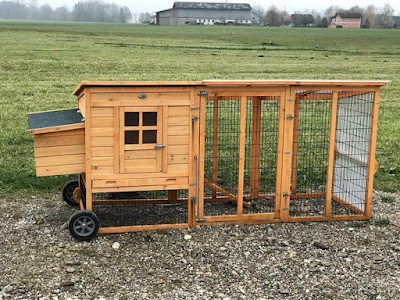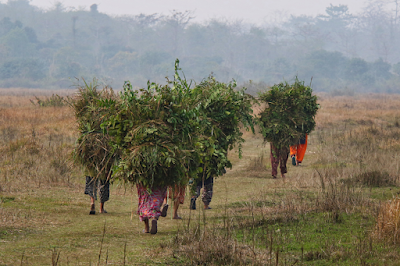PDC LESSON 7.12 COMPOST – GREEN MANURE MAKES IT GOOD

PERMACULTURE COURSE AGRO - ECONOMY PDC LESSON 7.12 COMPOST – GREEN MANURE MAKES IT GOOD Green manures are a cornerstone of ecologically sensible agriculture. They can provide outstanding benefits for the soil, crop and you, the gardener by: · Increasing organic matter, earthworms, and beneficial microorganisms · Increasing the soil's available nitrogen and moisture retention · Stabilising the soil to prevent erosion · Bringing deep minerals to the surface and breaking up hardpans · Providing habitat, nectar and pollen for beneficial insects and reducing populations of pests · Improving water, ro...







